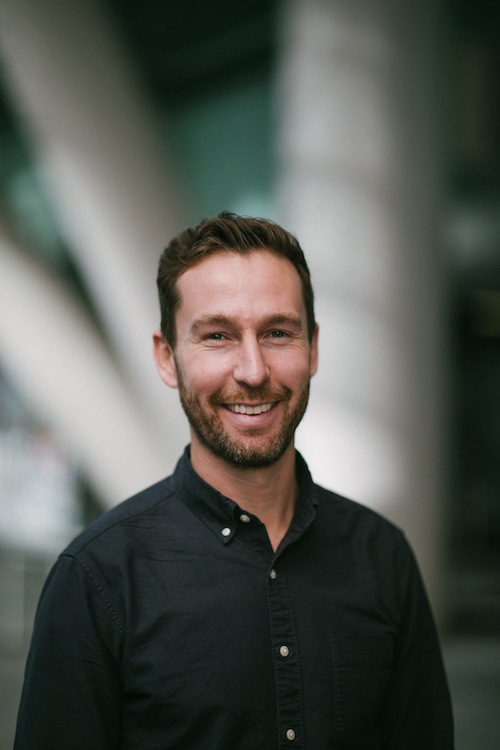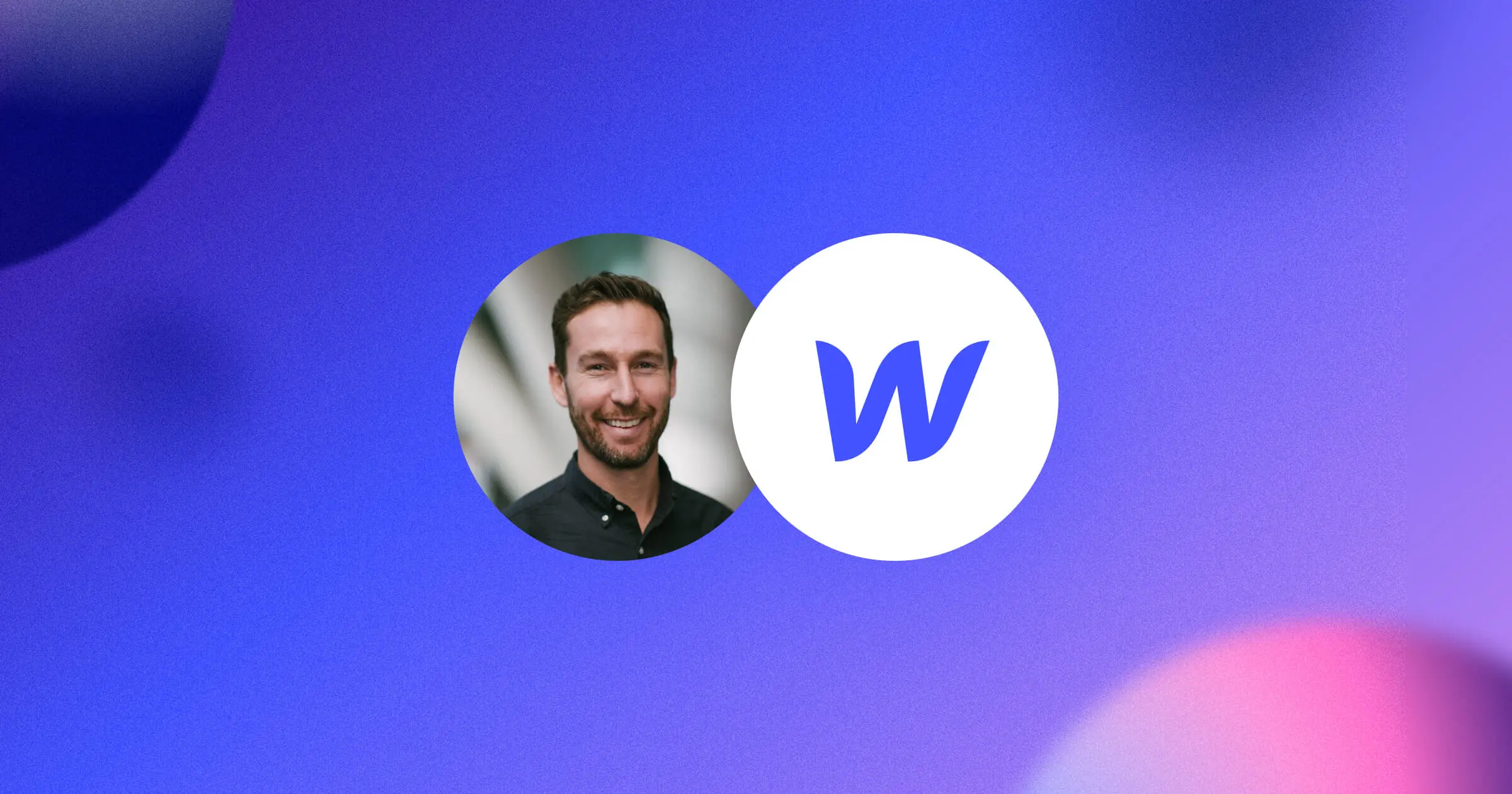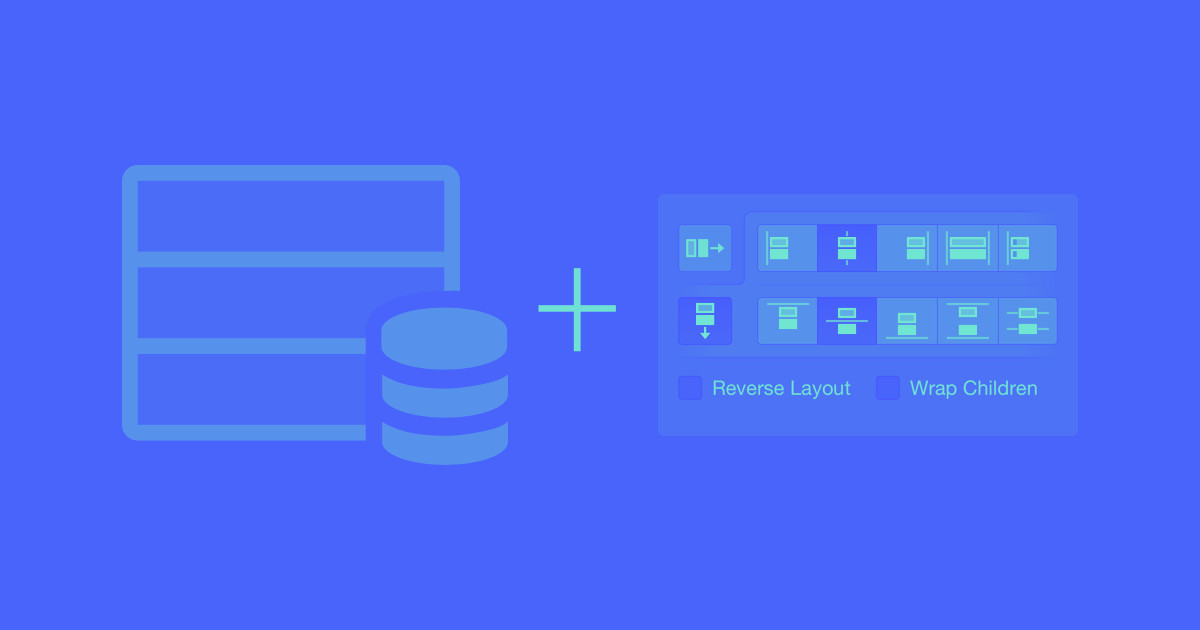Introducing Shane Murphy-Reuter, Webflow’s CMO.
Shane joins Webflow having previously served as CMO at ZoomInfo, SVP of Marketing at Intercom, and VP of Marketing and Sales at AdRoll. He brings a wealth of experience and is dedicated to finding new paths to growth while continuing to invest in Webflow's core community.
Read on to hear about why Shane is excited about Webflow, the no-code community, and the ever-changing role of a CMO.
What do you view as Webflow’s opportunity in the market right now?
Shane: The opportunity for Webflow, and no-code, is just huge. I compare it to the electric vehicle (EV) market from a few years ago. Back then it was clear that EVs would eventually become the dominant type of car — with the only thing slowing down the pace of adoption being market education and infrastructure. And today, EVs are taking off and almost every car manufacturer in the world is making them.
It feels like no-code and low-code tools for building websites and digital experiences are in a similar place as EVs were a few years back. There still needs to be work on educating the market — such as teaching folks how to integrate tools — as well as improving the infrastructure — such as making it easier for the community to build into no-code platforms — but it’s undoubtedly going to happen.
How do you think the role of a CMO is changing over the course of the next decade?
Shane: The CMO job is always changing due to shifts in the market. One particular shift that is having a big impact on marketing is the rising power of the buyer. For every use case, there are multiple solutions to try and so much information to consume. This is impacting marketing in the following ways:
- Brand marketing can no longer primarily be about interruptive advertising. Instead, it’s about engaging with a community so that when they come to buy they aren’t just familiar with the product, but they feel a strong connection to it.
- The most successful go-to-market teams will have a good balance of product-led growth (PLG) and sales-led growth. While PLG is exceptionally important as buyers often want to try the product first, sales-led motions are necessary to engage larger teams.
- Ecosystem marketing is the next gear for marketing. In products where the community can support and make the results even more powerful, product value increases exponentially.
What are some values you believe in when it comes to building marketing teams?
Shane: Over time, the disciplines of marketing teams have grown. From simple media buying in the 1950s to our current state that includes data analytics, growth marketing, content marketing, and more. But as this growth has occurred, marketing strategy can splinter and the customer is often lost.
This is why I believe when hiring and organizing marketing teams, it’s important to keep the customer at the forefront. Ensure that everyone on the marketing team understands the voice of the customer, has empathy for them, and that there are systems in place to support and reinforce this understanding. Take great chefs for example, they still taste the sauce before it goes out, it doesn’t matter what type of preparation, or the fancy techniques they use, it’s about what the customer ultimately tastes. Marketing is the same.

What has your own path been like in building websites?
Shane: When I first moved into tech, a big goal of mine was learning to code — and in particular, learning to code the frontend. I was one of the first customers of Treehouse (one of the early online resources for learning to code), and despite spending hours learning — I wasn’t able to get over the coding barrier. It just wasn’t the way my mind worked, and I didn’t have the time. When I learned about Webflow, it really struck a cord as a way to finally achieve these goals of mine. And I saw this sentiment reflected in so many people in the Webflow community.
Speaking of which, you recently rebuilt your own site in Webflow, what’d you think?
Shane: I did! It was great fun. It’s only a simple site, but I found it incredibly empowering to build in Webflow. I’m definitely still learning, but I’m excited to keep going and get more familiar with the product.
What are some use cases of Webflow you’ve seen that excite you?
Shane: Every day I check Twitter to see what people in the community are saying about Webflow, and I’ve seen some really impressive work being shared. There’s been amazing work from creators like Melissa Mendez and Grace Walker, as well as agencies like Whiteboard or award winner Niccolò Miranda.
Not to mention, it’s lovely to see bold creativity from larger enterprises: like Attentive who use Webflow for their entire site; or Univision’s recently launched Vix, which trusts Webflow for their streaming homepage; or Ramp who redesigned their site on Webflow recently.
Is there anything you would like to say to Webflow’s community?
Shane: I want to thank them for being the heart of building this company and brand to where it is today. Webflow wouldn’t be here without them, and they are the magic that makes Webflow what it is. I’m so excited to meet the community and see their work.

Build websites that get results.
Build visually, publish instantly, and scale safely and quickly — without writing a line of code. All with Webflow's website experience platform.































